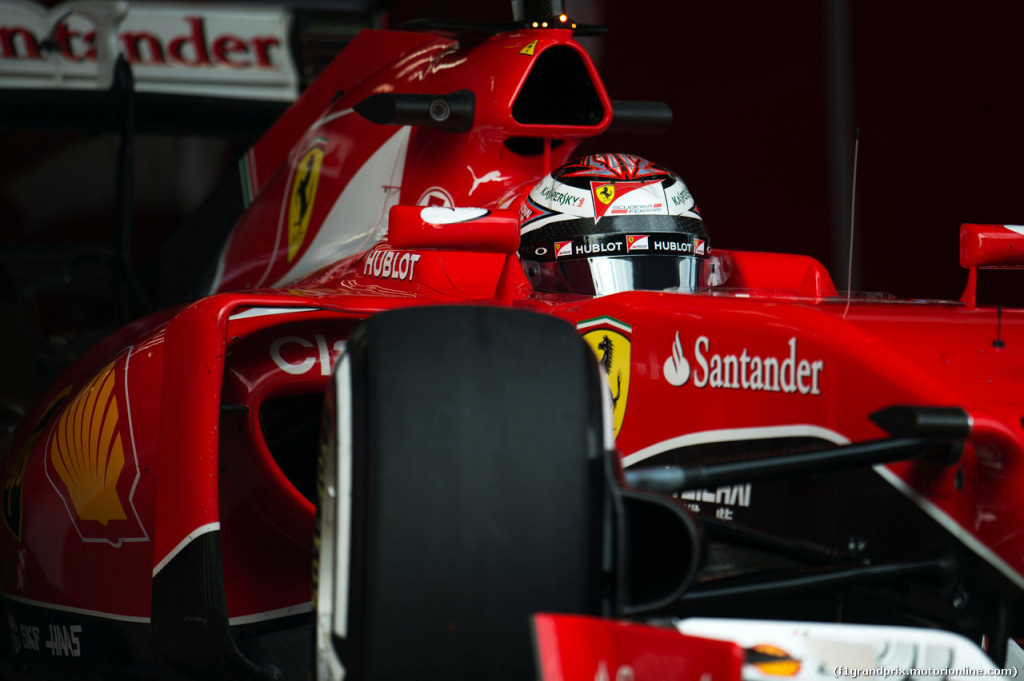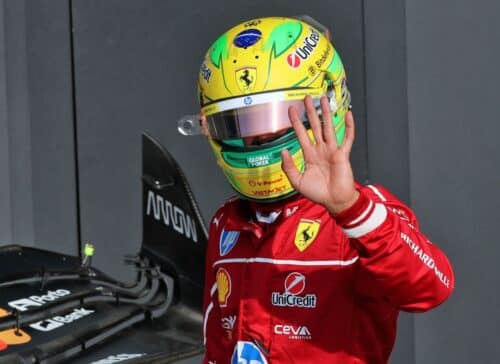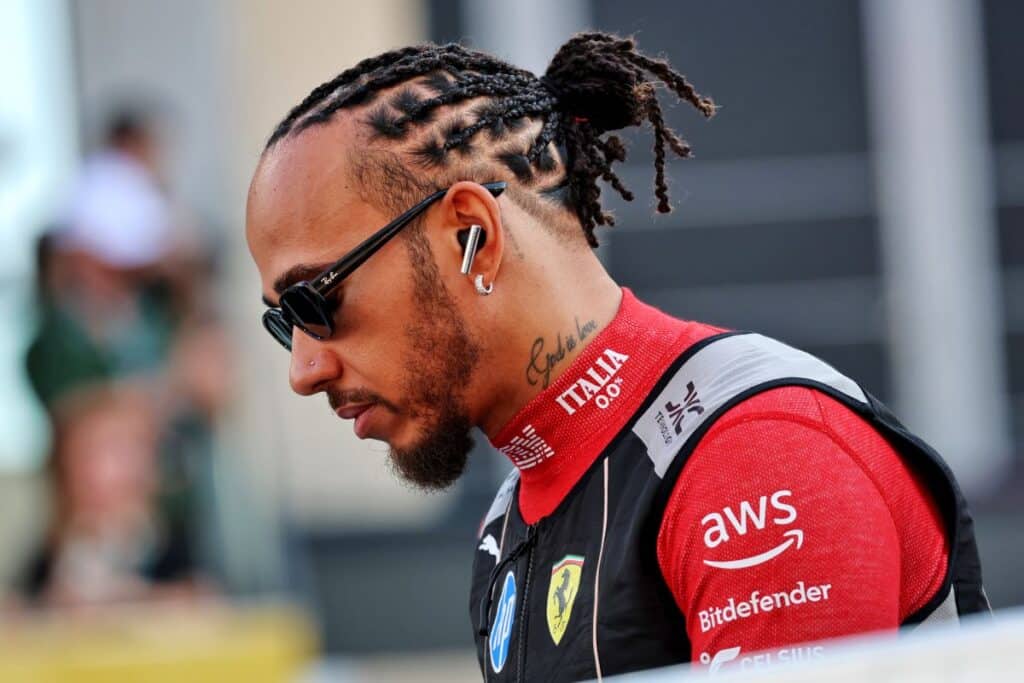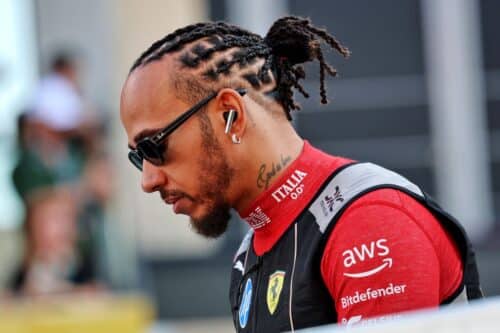Regolamento F1 2015 – Ecco Cosa Cambia 1/2
Power Unit, Penalità, VSC, Gara Sospesa ecc..

Manca davvero poco all’inizio della nuova stagione di Formula 1 e i test sono appena finiti. Ci dirigiamo spediti verso il weekend del Gp di Australia. E come di consueto da due stagioni a questa parte vi proponiamo un sunto di quelle che saranno le novità regolamentari di quest’anno. Alcune come quelle della power unit sono ancora più selettive in termini di affidabilità, altre invece sono figlie di alcuni (tragici) episodi della scorsa stagione.
Power Unit
Ogni pilota avrà a disposizione durante tutta la stagione quattro power unit, una in meno dello scorso anno. Tuttavia questo numero salirà a cinque se il calendario supererà le venti gare in campionato.
La power unit è ufficialmente divisa in sei componenti: il motore, l’MGU-K, l’MGU-H, l’energy store (ES), il turbo e l’elettronica (CE). Ogni pilota ha a disposizione quattro di ognuna di queste parti. Una volta che si dovesse eccedere nella quinta o più parti utilizzate, la penalità saranno assegnate in posizioni sulla griglia di partenza, alternando dieci e cinque posizioni man mano.
A differenza della scorsa stagione le penalità che non saranno possibili scontare in griglia non scaleranno più alla gara successiva, ma verranno tramutate in penalità di tempo in gara seguendo lo schema
- 1-5 posizioni: cinque secondi di penalità
- 6-10 posizioni: un drive trough
- 11-20 posizioni: dieci secondi di stop and go
- più di 20 posizioni: una penalità di tempo
|
a) Unless he drives for more than one team (see 28.4(d) below), each driver may use no more than four power units during a Championship season. This number will be increased to five if the number of Events in the Championship, as originally scheduled, exceeds 20. If this is the case, the numbers in b) and c) below will be amended accordingly. b) For the purposes of this Article 28.4 the power unit will be deemed to comprise six separate elements, the engine (ICE), the motor generator unit-kinetic (MGU-K), the motor generator unit-heat (MGU-H), the energy store (ES), turbocharger (TC) and control electronics (CE). Each driver will therefore be permitted to use four of each of the above six components during a Championship season and any combination of them may be fitted to a car at any one time. c) Should a driver use more than four of any one of the elements during a Championship season, a grid place penalty will be imposed upon him at the first Event during which each additional element is used. Penalties will be applied according to the following table and will be cumulative : The first time a 5th of any of the Ten grid place penalty. elements is used. The first time a 5th of any of the Five grid place penalty. remaining elements is used. The first time a 6th of any of the Ten grid place penalty. elements is used. The first time a 6th of any of the Five grid place penalty. remaining elements is used, and so on. A power unit or any of the six components will be deemed to have been used once the car’s timing transponder has shown that it has left the pit lane. If a grid place penalty is imposed, and the driver’s grid position is such that the full penalty cannot be applied, the remainder of the penalty will be applied in the form of a time penalty during the race according to the following scale : 1 to 5 grid places untaken A penalty under Article 16.3(a) will be applied. 6 to 10 grid places untaken A penalty under Article 16.3(b) will be applied. 11 to 20 grid places untaken A penalty under Article 16.3(c) will be applied. More than 20 grid places untaken A penalty under Article 16.3(d) will be applied. d) If a driver is replaced at any time during the Championship season his replacement will be deemed to be the original driver for the purposes of assessing power unit usage. e) After consultation with the relevant power unit supplier the FIA will attach seals to each of the relevant components within the power unit prior to them being used for the first time at an Event in order to ensure that no significant moving parts can be rebuilt or replaced. Within two hours of the end of the post race parc fermé exhaust blanking plates (with one 10mm diameter inspection hole per cylinder) and further seals will be applied to all used power unit components in order to ensure that they cannot be run or dismantled between Events. Upon request to the FIA these additional seals will be removed after the start of initial scrutineering at the next Event at which the power units are required. All such power units must remain within the team’s designated garage area when not fitted to a car and may not be started at any time during an Event other than when fitted to a car eligible to participate in the Event. f) If any of the FIA seals are damaged or removed from the relevant components within the power unit after they have been used for the first time those parts may not be used again unless they were removed under FIA supervision. [Art. 28.4] |
Nuove Penalità
In aggiunta alla penalità di cinque secondi da potere scontare prima del pit stop, quest’anno i commissari potranno assegnare una nuova penalità di dieci secondi da poter scontare allo stesso modo.
|
The stewards may impose any one of the penalties below on any driver involved in an Incident: a) A five second time penalty. The driver must enter the pit lane, stop at his pit for at least five seconds and then re-join the race. The relevant driver may however elect not to stop, provided he carries out no further pit stop before the end of the race. In such cases five seconds will be added to the elapsed race time of the driver concerned. b) A ten second time penalty. The driver must enter the pit lane, stop at his pit for at least ten seconds and then re-join the race. The relevant driver may however elect not to stop, provided he carries out no further pit stop before the end of the race. In such cases ten seconds will be added to the elapsed race time of the driver concerned. c) A drive-through penalty. The driver must enter the pit lane and re-join the race without stopping. d) A ten second time penalty. The driver must enter the pit lane, stop at his pit for at least ten seconds and then re-join the race. [Art. 16.3] |
Niente più doppi punti
La regola del doppio punteggio all’ultima gara rimarrà per fortuna un caso isolato e fortunatamente non determinante per l’assegnazione del titolo mondiale. In questa stagione tutte le gare assegneranno un egual numero di punti al vincitore.
Niente ripartenze da fermi
|
When the clerk of the course decides it is safe to call in the safety car the message “SAFETY CAR IN THIS LAP” will be displayed on the official messaging system and the car’s orange lights will be extinguished. This will be the signal to the teams and drivers that it will be entering the pit lane at the end of that lap. At this point the first car in line behind the safety car may dictate the pace and, if necessary, fall more than ten car lengths behind it. In order to avoid the likelihood of accidents before the safety car returns to the pits, from the point at which the lights on the car are turned out drivers must proceed at a pace which involves no erratic acceleration or braking nor any other manoeuvre which is likely to endanger other drivers or impede the restart. As the safety car is approaching the pit entry the yellow flags and SC boards will be withdrawn and, other than on the last lap of the race, replaced by waved green flags with green lights at the Line. These will be displayed until the last car crosses the Line. [Art.40.13] |
La procedura di ripartenza dopo l’entrata della Safety Car rimarrà uguale agli scorsi anni, nonostante le numerose proposte di ripartenza da fermi.
Virtual Safety Car
Dopo il tragico incidente di Jules Bianchi in Giappone durante la scorsa stagione, la Fia ha deciso di adottare questo innovativo metodo per garantire la sicurezza in limitati tratti del circuito senza dovere per forza impiegare la Safety Car vera e propria.
Quando si avrà una situazione di pericolo verrà comunicato a tutti i team “VSC DEPLOYED” e sui pannelli luminosi nel settore interessato comparirà la scritta VSC. In pratica in quel settore i piloti dovranno procedere come se fossero dietro la Safety Car, non potranno sorpassare e saranno soggetti a penalizzazioni in caso infrangessero queste regole o procedessero a velocità troppo elevata rischiando di mettere in pericolo gli altri piloti o il personale di servizio.
|
The VSC procedure may be initiated to neutralise a race upon the order of the clerk of the course. It will normally be used when double waved yellow flags are needed on any section of track and competitors or officials may be in danger, but the circumstances are not such as to warrant use of the safety car itself. [Art. 41.1] When the order is given to initiate the VSC procedure a message “VSC DEPLOYED” will be displayed on the official messaging system and all FIA light panels will display “VSC”. [Art. 41.2] No car may be driven unnecessarily slowly, erratically or in a manner which could be deemed potentially dangerous to other drivers or any other person at any time whilst the VSC procedure is in use. This will apply whether any such car is being driven on the track, the pit entry or the pit lane. [Art 41.3] No car may enter the pits whilst the VSC procedure is in use unless it is for the purpose of changing tyres. [Art. 41.4] All competing cars must reduce speed and stay above the minimum time set by the FIA ECU at least once in each marshalling sector (a marshalling sector is defined as the section of track between each of the FIA light panels). All cars must also be above this minimum time when the FIA light panels change to green (see 41.7 below). The stewards may impose either of the penalties under Article 16.3a), b), c) or d) on any driver who fails to stay above the minimum time as required by the above. [Art. 41.5] With the exception of the cases listed under a) to d) below, no driver may overtake another car on the track whilst the VSC procedure is in use. The exceptions are : a) When entering the pits a driver may pass another car remaining on the track after he has reached the first safety car line. b) When leaving the pits a driver may overtake, or be overtaken by, another car on the track before he reaches the second safety car line. c) Whilst in the pit entry, pit lane or pit exit a driver may overtake another car which is also in one of these three areas. d) If any car slows with an obvious problem. [Art. 41.6] When the clerk of the course decides it is safe to end the VSC procedure the message “VSC ENDING” will be displayed on the official messaging system and, at any time between 10 and 15 seconds later, “VSC” on the FIA light panels will change to green and drivers may continue racing immediately. After 30 seconds the green lights will be extinguished. [Art. 41.7] Each lap completed whist the VSC procedure is in use will be counted as a race lap. [Art. 41.8] [Art. 41]
|
Gara Sospesa
In caso di sospensione temporanea di una corsa, le vetture non dovranno più posizionarsi in griglia di partenza come accadeva da parecchi anni, ma dovranno rientrare lentamente nella pit lane nell’ordine in cui arrivano, rimanendo nella corsia veloce e andando a formare una fila verso l’uscita della pit lane.
|
When the signal is given overtaking is forbidden, the pit exit will be closed and all cars must proceed slowly into the pit lane. The first car to arrive in the pit lane should proceed directly to the pit exit staying in the fast lane, all the other cars should form up in a line behind the first car. [Art. 42.2] |
Procedura di Partenza
Per evitare intoppi come quello accaduto ad Alonso a Spa la scorsa stagione, durante il campionato 2015, qualunque pilota necessiterà dell’assistenza di un membro della sua squadra o se rimarrà qualche oggetto dello staff tecnico in griglia dopo l’avviso dei 15 secondi prima del giro di formazione, sarà costretto a partire dalla pit lane, senza possibilità di schierarsi in griglia.
|
When the one minute signal is shown, engines should be started and all team personnel must leave the grid by the time the 15 second signal is given taking all equipment with them. If any team personnel or team equipment remain on the grid after the 15 second signal has been shown the driver of the car concerned must start the race from the pit lane as specified in Article 38.2. A penalty under Article 16.3(d) will be imposed on any driver who fails to start the race from the pit lane. If any driver needs assistance after the 15 second signal he must raise his arm and, when the remainder of the cars able to do so have left the grid, marshals will be instructed to push the car into the pit lane. In either of the above cases, marshals with yellow flags will stand beside any car (or cars) concerned to warn drivers behind. [Art. 38.5] |
Matteo Bramati
Fonti: Fédération Internationale de l’Automobile – Regolamento Tecnico e Sportivo
se vuoi essere sempre aggiornato sulle nostre notizie
Seguici qui















